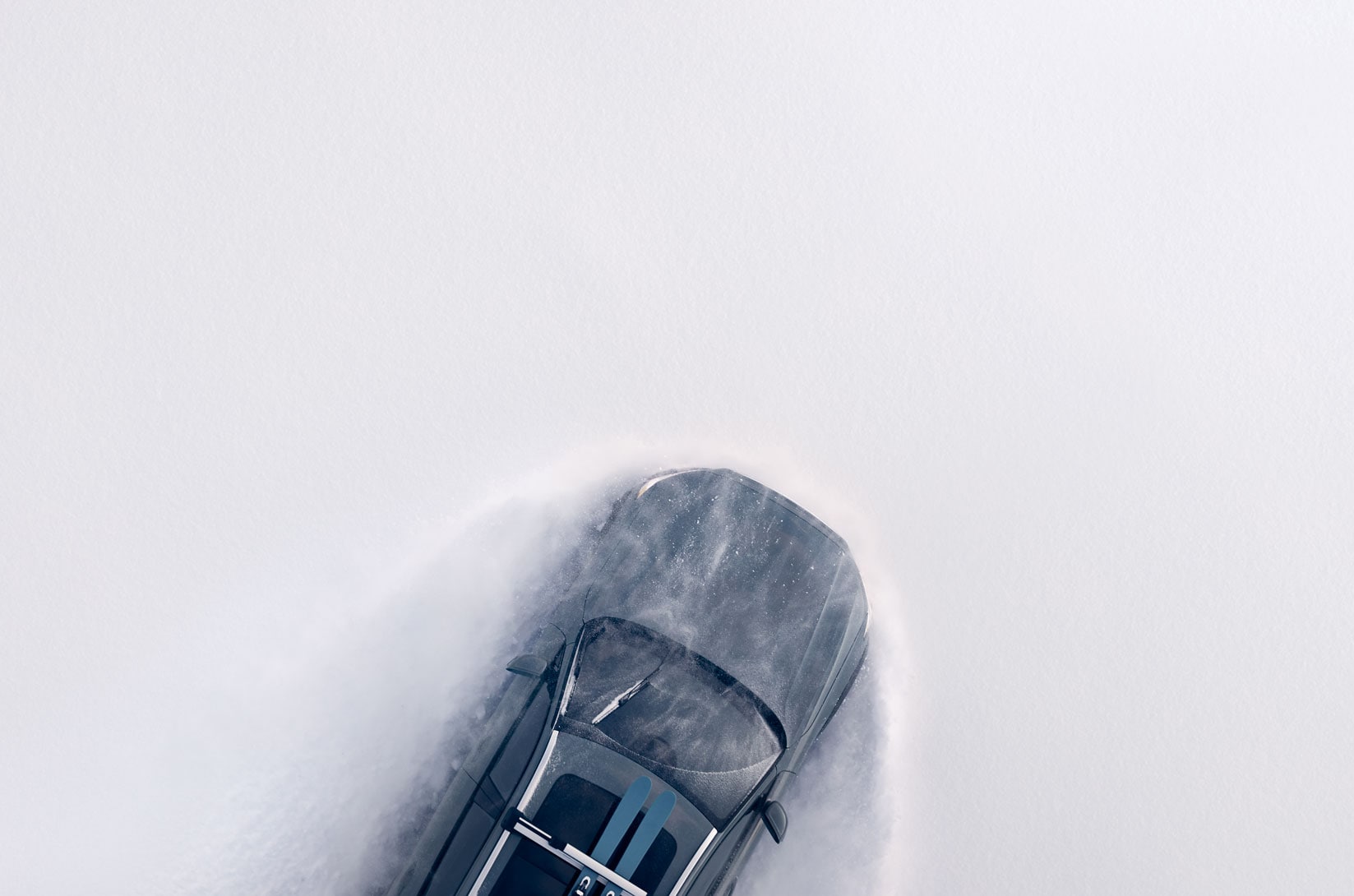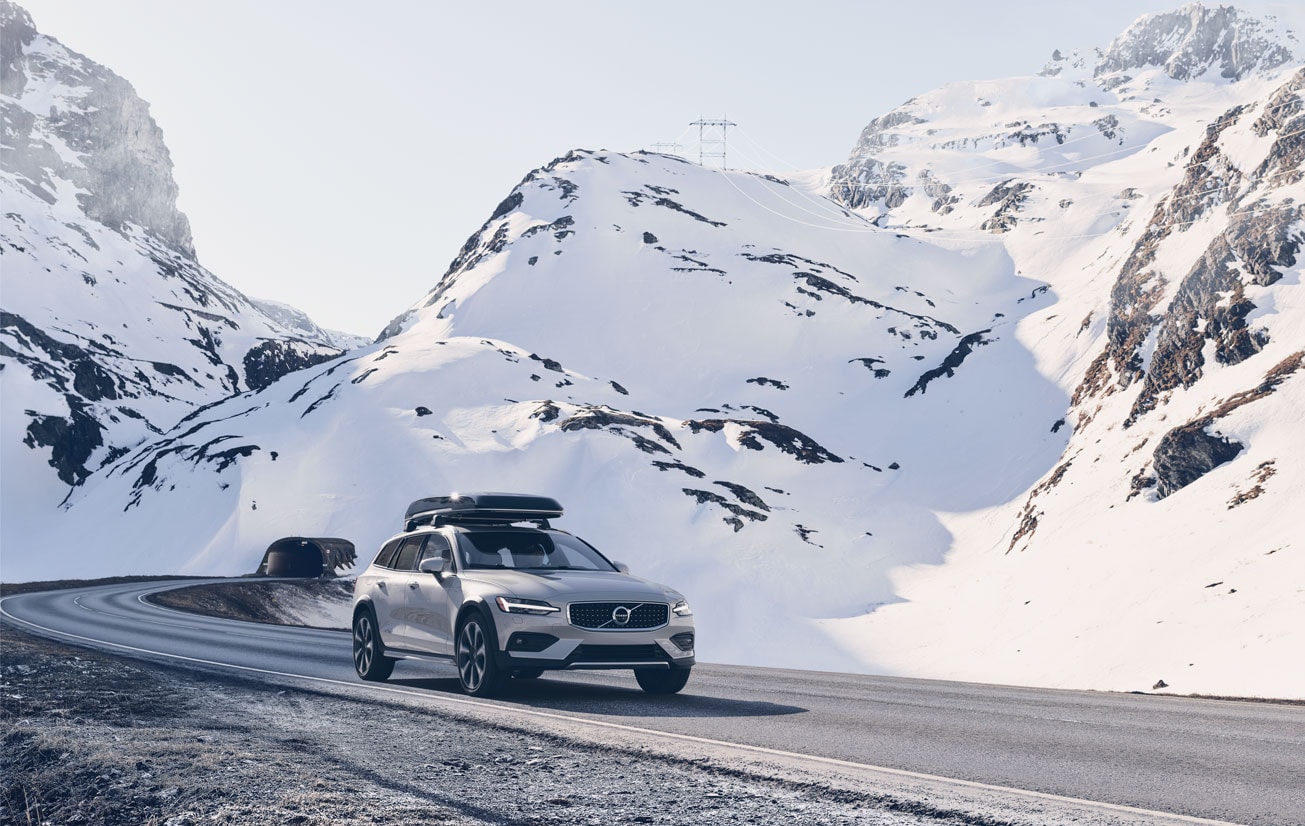It’s the most wonderful time of the year—and it’s also the time of year when you need to be most cautious on the road. With extra holiday traffic and winter road conditions, we could all use a reminder on how to safely drive in the snow and ice with these winter driving tips!
Watch the Weather
When you live in an area where snow and ice are inevitable for several months of the year, you simply need to take precautions and learn how to drive safely when you need to. Obviously, if there is severe weather—please consider whether or not it is necessary to be driving at all. Even if you have the best snow tires available, changing temperatures can affect their ability to grip the road’s surface. Safety should always be your top priority on the road!
How to Drive in Snow
Whether it is currently snowing or if there is snow on the road, always reduce your speed when driving in snow or ice. Steering in snow can be difficult, so avoid quick movements that may cause you to lose control. Manually putting the car into a lower gear will help to maintain a lower speed and reduce how much you will need to brake. Vehicles with automatic transmissions will automatically adjust to low traction levels.

How to Drive on Ice
How to drive on icy roads is much trickier than driving in the snow because ice is much slicker and often harder to see. Always, always drive slow when there is ice on the road and leave extra room for braking when you are following other vehicles (6-10 seconds rather than the typical 3-4 seconds). When braking with newer vehicles, you will feel the anti-lock braking system (ABS) working beneath your foot to keep the brakes from locking up. Keep your foot firmly planted when you feel this. Quick, sudden braking can lead to sliding. The same steady consistency should be used when accelerating. Be gentle and slow with the gas and avoid any quick and sudden movements to prevent sliding and loss of control.

Test the Road Conditions
Whether you’re a veteran winter driver or this is your first time driving on snow and ice, testing the road conditions is something you will need to do every time you go out. If you’re on a long road trip, sometimes the best decision is just to pull over on the side of the road to wait out the snowstorm or find a nearby hotel that you can book for the night.
Get Your Car Winter Ready
Keep a “winter car kit” handy in your trunk for those cold, winter months. Just pack a small bag with snacks, water, flashlight, snow scraper, blanket, winter gloves, and a hat. You don’t want to be stranded on the side of the road without these things and it’s better to be safe than sorry! Keep an eye on your gas during the winter and always try to stay above half tank. Most cars and crossovers are designed with front-wheel-drive (FWD) and this is a great option for driving in snow and ice. If your car has Rear-Wheel Drive (RWD), you’ll want to be a little more careful. These cars typically have more difficulty accelerating on snowy or icy road surfaces and can easily lose control. If you live in an area where driving on snow and ice is inevitable in the winter, investing in some winter tires is always a good idea!
We hope these winter driving safety tips will be helpful for you and your family as you prepare to drive on the ice and snow! Our car specialists are always happy to help if you have questions about how to get your vehicle winter-ready.
Stay safe and enjoy the journey!
- Your friends at Bob Penkhus
